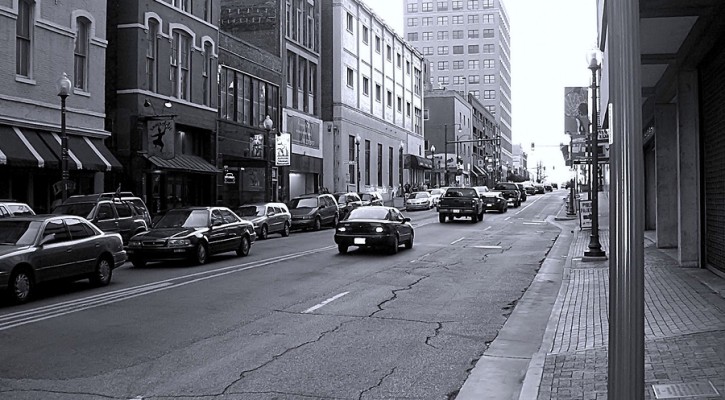
The Art of Parking
July 21, 2014
You may know how to drive, but do you know how to park? Parking is an essential skill. Without it, we’d be stuck on a perpetual drive, a never-ending commute that would quickly wear down that new-driver excitement. That’s why we’re here to cover all the basics when it comes to The Art of Parking.
There are only a handful of parking styles that most drivers must master. We’ll start with the easiest and work our way up:
The Driveway
Parking in a driveway is pretty straight forward. However, there are a few tips to consider before pulling in:
- Take a nice, wide turn into the driveway to avoid hitting the curb, the mailbox, or anything else on your way in.
- Try to park straight and centered to make backing out easier.
The Basic Parking Space
Parking in a basic parking space is usually a simple task. These spaces can be found in parking garages and parking lots. They are marked in front of corner stores, grocery stores and shopping centers, as well as at the park and at school… basically, they’re everywhere. When parking in a parking space, keep these tips in mind:
- Take a wide turn into the space for straight, centered parking.
- If another car is parked at an angle or is too close to the line, try to avoid parking right beside it. This will cause you to park off-center, causing the next driver to have to park off-center. Plus, if that car leaves before the you, then you will look like the person who doesn’t know how to park right.
- Be sure to pull all the way into the space so that your back end isn’t sticking out.
- Be careful not to pull too far up. You may hit the curb. If you’re really unlucky, you may catch your front bumper on the curb and cause serious damage. If you’re really, really unlucky, you may also damage the curb and have to give the store-owner your insurance information.
- Beware of ONE WAY markings. They can be marked with arrows on the asphalt or on signs.
- Drive slowly and carefully when looking for an open spot. Parking lots and parking garages are full of pedestrians, children, and other drivers. Most of these people are only half-way paying attention to their surroundings. The rest are completely oblivious.
The Street
Most street parking involves the dreaded Parallel Parking technique. This skill may be intimidating at first, but once you master it you will be able to park just about anywhere (without it, you will always have a hard time parking in urban areas).
Begin by practicing with cones or cardboard boxes in a private drive or empty parking lot. Once you have found a safe place to learn, try using this common parking technique: The “S” Method.
- As you pull up to the spot, slow down and turn on your blinker.
- Pull up three feet away from the car you want to park behind. Align your back tires with the other car’s back bumper.
- Put your car in reverse and turn your wheels all the way to the right.
- Slowly back up until you’re at a 45-degree angle. Then stop.
- Turn your wheels all the way to the left.
- Continue to back up very slowly until you are parallel with the curb.
This method takes a lot of practice to make perfect. Once you have it down, you should be able to park anywhere without holding up traffic.
The Hill
Sometimes, you will find yourself having to park on a hill. When this happens, it’s important to remember how to park on an incline safely and correctly:
- ALWAYS use your emergency brake.
- When parking upwards on a hill, turn your front wheels to the left.
- When parking downwards on a hill, turn your front wheels to the right.
By learning how to park quickly and correctly, you will feel more confident driving in new places and have more freedom to travel around crowded downtown streets.
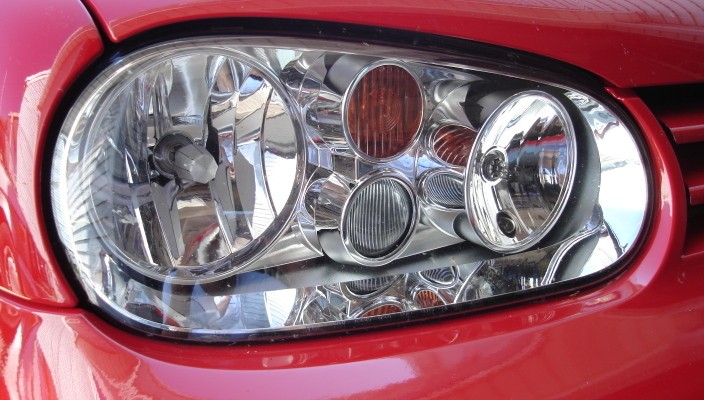
Best Cars for Teen Drivers
July 17, 2014
ATTENTION PARENTS!
The Insurance Institute for Highway Safety (IIHS) has released a list of recommended cars for teen drivers. Based on safety and affordability, the vehicles on this list make a great starting point for your search in selecting the perfect car for your teen driver.
The IIHS compiled this list after finding that many teens are driving vehicles with poor crash protection ratings and lack of safety technology. That makes sense, considering teens often choose cars that are either older and less expensive, fast and “cool”, or both.
To see the complete list of IIHS recommended cars, as well as the IIHS press release detailing research that led to the creation of this list, see the full story here:
IIHS Releases Recommendations on Used Vehicles for Young Drivers
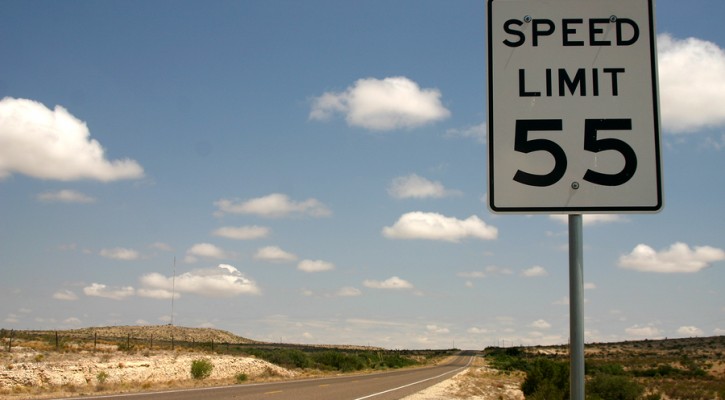
Highway Funding Faces Rough Road Ahead
July 16, 2014
It’s summertime. It’s the season of the road trip. It’s also the season of road repair. In the hot-weather months before fall brings on the next frost, many states scramble to repair and rebuild damaged roadways. This work is paid for by the Highway Trust Fund.
However, you’d be forgiven if you didn’t notice this work going on lately. Highway funding has become a hotly debated issue in House and Senate, resulting in a wary Department of Transportation. In fact, the DOT sent letters to the states earlier this month saying that beginning August 1st, it would start restricting money for highway funding projects… including those already in the works.
There is some hope for the future of our highways, though. A small, very short-term compromise was reached in Congress. On Tuesday, the House passed an $11 billion highway funding plan that would patch the Highway Trust Fund for six months. Its large bipartisan support is likely to carry over into the Senate, meaning a few pot holes will get fixed this year.
Long term solutions seem to elude the legislature. There is a systemic shortfall in federal transportation funding, which means an uneasy future for motorists, truckers, construction workers and our economy.
Until the Congress can agree on the future of funding our nation’s highways, it would be wise to stock up on tire patches.
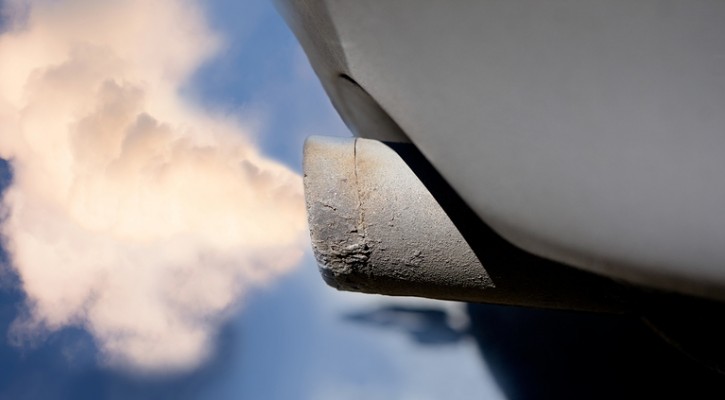
Auto Advice from Arthur & the Car Talk Guys
July 15, 2014
And the Most Adorable Auto Advice award goes to…
Have You Heard About the Elio?
July 14, 2014
The Elio is a vehicular hermaphrodite. Its identity lies somewhere in between a car and a motorcycle. It has two seats, a trunk, doors and windows, yet rolls on just three wheels… just like a trike.
What makes this automobile so awesome is its gas mileage and its price tag. For just under $7,000, drivers can own a brand new car/trike that gets 84-mpg and looks cool doing it.
Car Talk’s Ray Magliozzi recently got his hands on an Elio prototype. Here’s what happened:

Samsung Joins Fight Against Distracted Driving
July 13, 2014
Cell phone use has proven to be a major cause of the distracted driving epidemic. Parents, legislators, non-profit organizations and law enforcement have all stepped up to fight the war against distracted driving. And now, a rather unexpected advocate has joined the fight: Samusng.
The tech brand has invested in a mobile phone app designed to reward drivers for safe driving. The app has been dubbed Samsung S:Drive.
The Samsung S:Drive app is currently available to drivers in Australia. It cuts out the phone’s signal so that drivers can’t be distracted by calls and texts. It also uses the phone’s GPS to track speed and distance traveled. The more distance that is covered with safe driving, the more rewards the driver earns.
The app also has a social aspect, allowing groups of friends to team up to create Drive Teams that can accumulate points for better rewards.
Arno Lenior, Samsung marketing director, told AdNews, “By using rewards and gamification it’s a positive way of approaching the problem. We think it’s going to be particularly successful and drive positive behavior change by rewarding them for doing the right thing.”
Studies have shown that positive reinforcement can be more effective than negative reinforcement. In this case, we’ll have to see if the rewards are good enough to impact driver safety more than typical punishments such as traffic tickets and scare tactics.
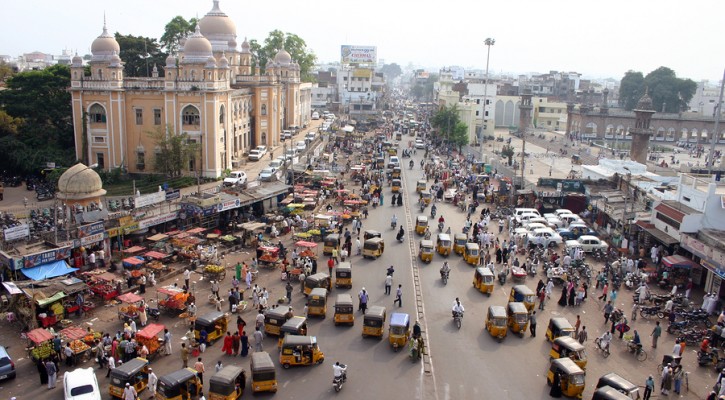
World’s Safest and Most Dangerous Places to Drive
July 11, 2014
This is a must-read for anyone with big dreams of cross-country road trips and overseas adventure touring. The list of international roads includes the most dangerous places to drive all over the world, as well as the safest. It’s a great read with highlights from Pennsylvania to India, Canada to Panama, and everywhere that’s anywhere in the world of dangerous drives and world-renowned safety.
5 Unusually Dangerous – and Especially Safe – Places to Drive
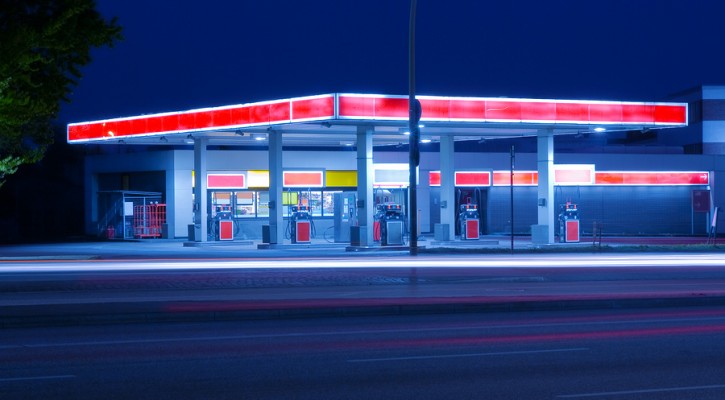
Are Gas Stations Cheating Us at the Pump?
July 10, 2014
Whether you’re driving a car, motorcycle or 18-wheelin’ tractor-trailer, gas prices are always a concern. Drivers seek out the cheapest prices in town, sometimes waiting in line at a gas station that charges pennies less than other pumps around.
However, many gas stations fail to maintain accurate pumps, while others go so far as to actually cheat their customers. So how are we supposed to know if we can trust our local gas stations?
Before you lose faith in humanity and distrust every pump you use, let’s look at the facts.
Inspectors say that they try to go to every station once a year for routine inspections. If they receive a complaint about a particular gas station, they send inspectors to that location ASAP, sometimes within 24 hours.
Most of the time, pumps are right on the money. They pour the exact amount of gas shown on the meter, and charge the exact price listed on the sign. However, a significant number of stations fail the inspection. Some dispense less than what’s being shown on the meter, while others actually dispense more.
So, poor calibration can result in consumers being short-changed, but it can also result in consumers receiving more fuel than they paid for. For this reason, most gas station owners actually want inspectors out there testing for accuracy.
It is very rare for gas stations to cheat consumers on purpose.
One way inspectors can tell whether customers are being cheated on purpose is by paying close attention to seals underneath the pump. Licensed repairmen will seal the pump with one of their tags during calibration. If that seal has been tampered with, then there’s reason to suspect malicious intent.
Everyday drivers can monitor their local gas stations as well. Take note of how many gallons your tank holds. Then, when you go to fuel up, keep an eye on how many gallons are pumped. If you pump 20 gallons of gas into a 17-gallon tank, then you have reason to be suspicious. If your tank is half empty and you are charged for 15 gallons, then you have reason to be suspicious. However, gas gauges usually aren’t precise, so don’t get too suspicious if calculations are off by a couple of gallons.
Another way to keep an eye on gas pump accuracy is to check the final price. Make sure that the amount charged corresponds to how many gallons were pumped. This is a simple calculation: total price divided by number of gallons.
Drivers can also keep an eye out for outdated inspection stickers. Every pump should have a sticker that shows when it was last inspected. If your local gas station hasn’t seen an inspector in more than one year, then a simple phone call to the number listed on the sticker will get an inspector out there in no time.
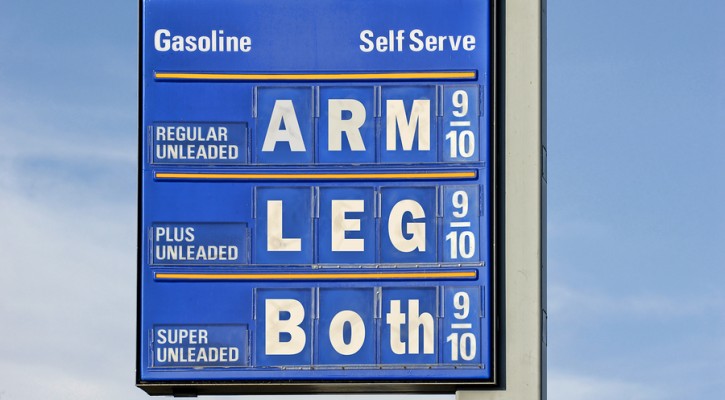
Higher Gas Prices Create Safer Roads
July 8, 2014
As gas creeps up to $4 per gallon, we’re all feeling the pain in our wallets. However, there’s one positive aspect to this painful trend: safer roads.
That’s right. As the gas prices go up, car accidents go down. Why? Well, there are several reasons why gas prices and safer roads go hand-in-hand.
Less Driving
The more gas costs, the less people drive. Instead, they walk, bike and use public transportation. They stay home for dinner instead of driving in circles looking for a place to eat. They take fewer road trips and scenic cruises. They save their precious gas for the most basic and essential tasks, such as commuting to work or school.
This simple money-saving solution clears the way for safer roads. When more people limit their driving, there is less traffic. When there is less traffic, there are fewer collisions.
Teens Drive A Lot Less
Teens often have too much time and too little money on their hands. When gas prices are low, cruising around with friends can be a fun pass time.
However, teen drivers are risky drivers. They are more likely to be involved in an auto accident than experienced drivers. So when gas prices soar too high for the average teenage income (which is usually pretty low), younger drivers tend to drive less. Since there are fewer high risk drivers on the road, there are fewer accidents.
Hyper-miling and Driver Safety
Hyper-miling is a driving tactic that increases fuel efficiency. Hyper-milers drive slower, accelerate and decelerate more gradually, keep a safer following distance, and avoid areas with lots of intersections and traffic. All these gas-saving tactics are also great safe-driving habits.
It’s nice that higher gas prices are creating safer roads. Hopefully this trend will also create safer driving habits for the long run, because nobody wants to pour all their money into their gas tank.
In the mean time, feel free to complain about fuel costs while enjoying the collision-free commute.

Avoiding the Summer Breakdown Blues
July 7, 2014
School is out, the weather is hot, and we know you’re just itching to hop in your car for a trip to the nearest body of water. Whether you’re heading to the beach, lake, river or pool, you’ll want that vehicle in tip-top shape to avoid the summer breakdown blues.
Follow these tips to prevent a sweltering-hot highway breakdown on the way to your cool summer fun:
Get a Checkup. Find a trustworthy mechanic to inspect your vehicle early on in the summer. This should be done every year to prevent more costly and inconvenient breakdowns. For instance, hoses and belts can become loose, pumps can break, cooling fans take a turn for the worse, and radiators can literally rot away. These issues become even more serious in soaring summer temperatures. If you are motor-savvy and consider yourself a DIY’er, then check out CarTalk’s helpful Summer Driving Tips.
Check Your Battery. Hot summer temperatures wreak havoc on car batteries. Extreme temperatures eat away at the battery acid, which will eventually kill the battery altogether. To avoid getting stranded on the sizzling asphalt, you can have your battery checked at your next checkup or oil change. Or, you can purchase a voltmeter and check it yourself.
Watch Your Tire Pressure. Heat is a menace to tires as well. The high day temperatures and cooler nights cause tire pressure to fluctuate drastically. Uneven tire pressure can lead to lower gas mileage and more tire damage. Prevent tire damage, and the inevitable blowout, by checking your tire pressure regularly.
Change Your Oil. This time of year, your engine can use all the lubrication it can get. So be sure to stay on top of your oil change schedule. The standard recommendation is every 5,000 miles.
By paying special attention to your vehicle’s summertime needs, you’ll have a season of smooth-sailing. Have fun and drive safe!
